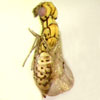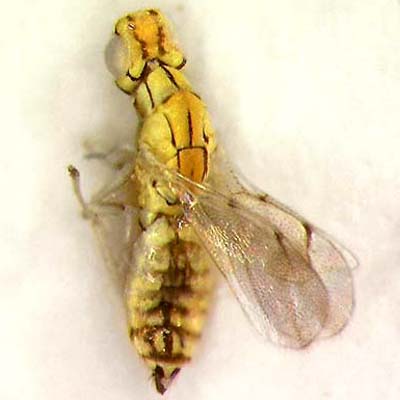 |
|||||||||||||||||||||||||||||||||||||||||||||||||||||||||||||||||||||||||||||||||||||||||||||||
|
|
Home | Open the Key | References | ||||||||||||||||||||||||||||||||||||||||||||||||||||||||||||||||||||||||||||||||||||||||||||
|
Cirrospilus "variegatus group" |
|||||||||||||||||||||||||||||||||||||||||||||||||||||||||||||||||||||||||||||||||||||||||||||||
|
|||||||||||||||||||||||||||||||||||||||||||||||||||||||||||||||||||||||||||||||||||||||||||||||
Classification
|
|||||||||||||||||||||||||||||||||||||||||||||||||||||||||||||||||||||||||||||||||||||||||||||||
Subfamily Tribe |
|||||||||||||||||||||||||||||||||||||||||||||||||||||||||||||||||||||||||||||||||||||||||||||||
Diagnosis
|
|||||||||||||||||||||||||||||||||||||||||||||||||||||||||||||||||||||||||||||||||||||||||||||||
|
|
||||||||||||||||||||||||||||||||||||||||||||||||||||||||||||||||||||||||||||||||||||||||||||||
| |
|||||||||||||||||||||||||||||||||||||||||||||||||||||||||||||||||||||||||||||||||||||||||||||||
Distribution |
|||||||||||||||||||||||||||||||||||||||||||||||||||||||||||||||||||||||||||||||||||||||||||||||
|
C. variegatus (Masi) is recorded in all the continents, while C. isonoi Kamijo was described in Japan and C. coachellae Gates in USA and Mexico (Noyes, 2001). |
|||||||||||||||||||||||||||||||||||||||||||||||||||||||||||||||||||||||||||||||||||||||||||||||
| |
|||||||||||||||||||||||||||||||||||||||||||||||||||||||||||||||||||||||||||||||||||||||||||||||
Biology |
|||||||||||||||||||||||||||||||||||||||||||||||||||||||||||||||||||||||||||||||||||||||||||||||
|
The species of this group are mainly parasitoids of Lepidoptera leafminers. However, C. variegatus (Masi) is also recorded on Liriomyza trifolii (Burgess) (Agromyzidae) (Noyes, 2001). |
|||||||||||||||||||||||||||||||||||||||||||||||||||||||||||||||||||||||||||||||||||||||||||||||
| |
|||||||||||||||||||||||||||||||||||||||||||||||||||||||||||||||||||||||||||||||||||||||||||||||
| |
|||||||||||||||||||||||||||||||||||||||||||||||||||||||||||||||||||||||||||||||||||||||||||||||
Comments |
|||||||||||||||||||||||||||||||||||||||||||||||||||||||||||||||||||||||||||||||||||||||||||||||
|
Cirrospilus
belongs to the tribe of Cirrospilini
by having funicle 2-segmented in both sexes, propleura separated
posteriorly, submarginal vein with 3 or more setae dorsally and
at least 2 pairs of scutellar setae.
We have considered the “variegatus group” of species separately, as those species have morphological features unique within Cirrospilus. Indeed, the species belonging to this group may be easily distinguished from all the other Cirrospilus by having vertex vaulted. This character has usually been used as one of the main features to distinguish Cirrospilus from Zagrammosoma, but given that those species have notauli complete and reaching posterior margin of mesoscutum (while in all Zagrammosoma they are curving to axillae), it seems to be more correct to place them in Cirrospilus, according to Ubaidillah et al. (2000). Within Cirrospilini this group can be recognized by the combination of the following characters: vertex vaulted, notauli complete and reaching posterior margin of mesoscutum, yellowish coloration. Notes and discussions about C. variegatus (Masi) have been made by Yefremova (1995) (as Zagrammosoma variegatus) and by Ubaidillah et al. 2000. Regarding to C. isonoi Kamijo (1987) and C. coachellae Gates (2000), see the original descriptions. |
|||||||||||||||||||||||||||||||||||||||||||||||||||||||||||||||||||||||||||||||||||||||||||||||


